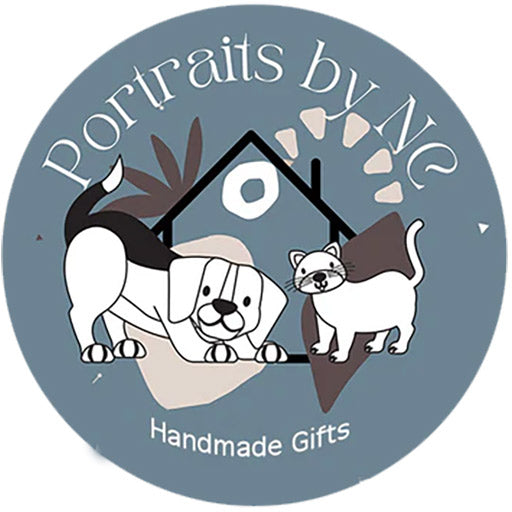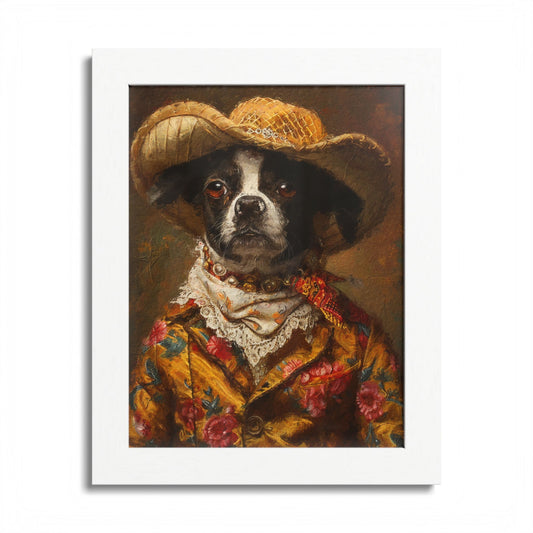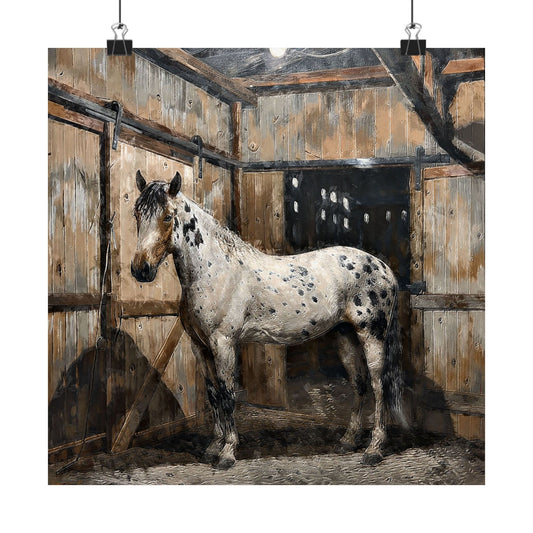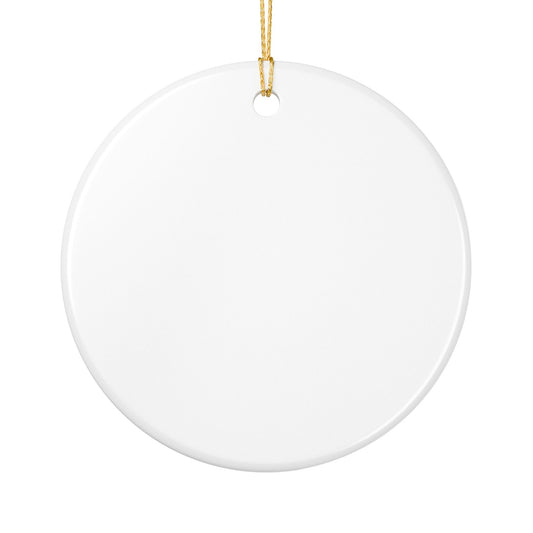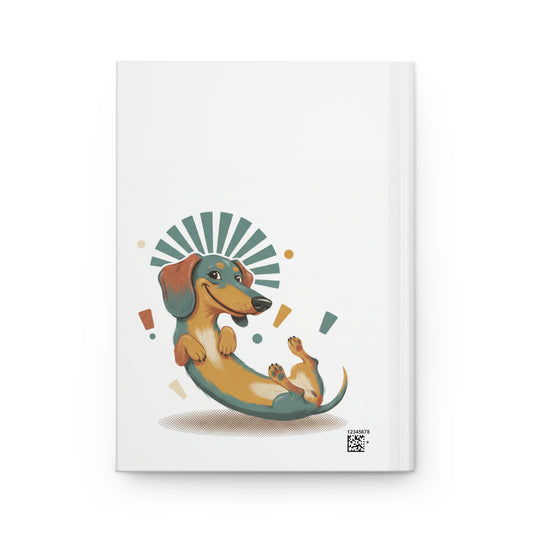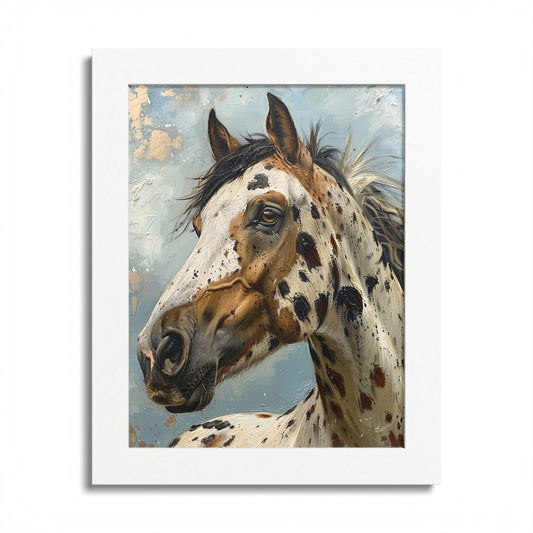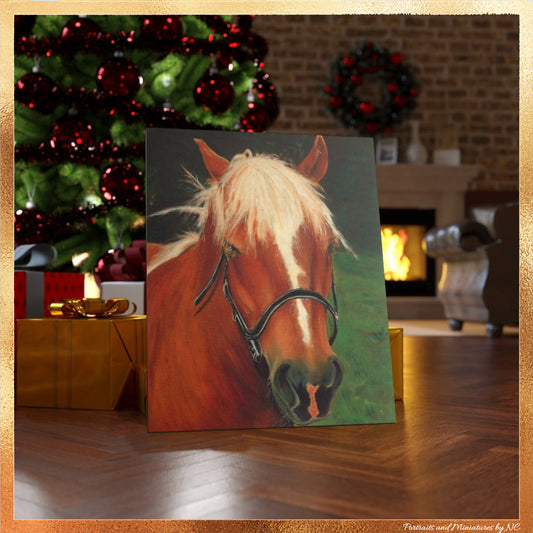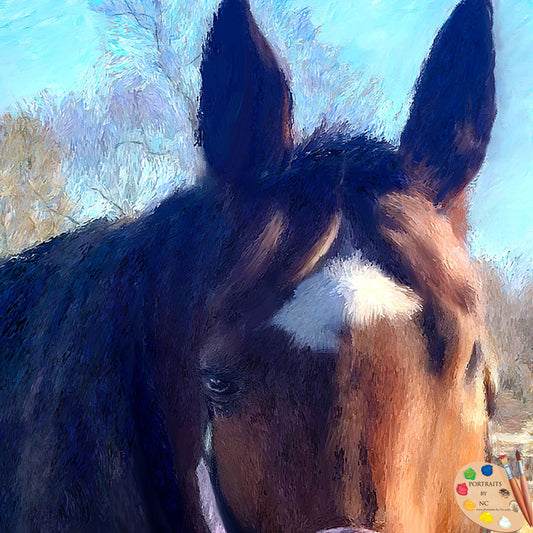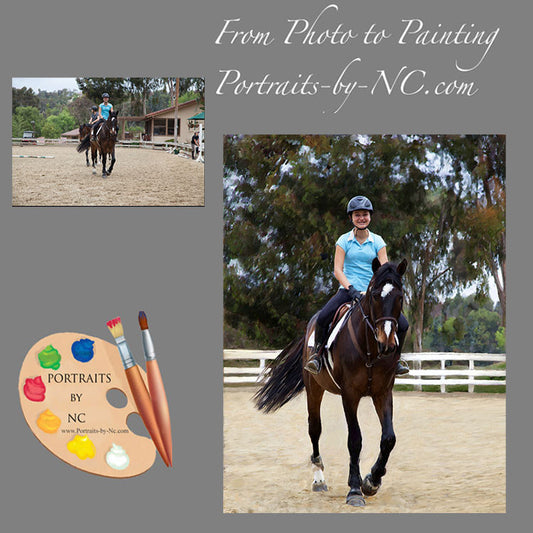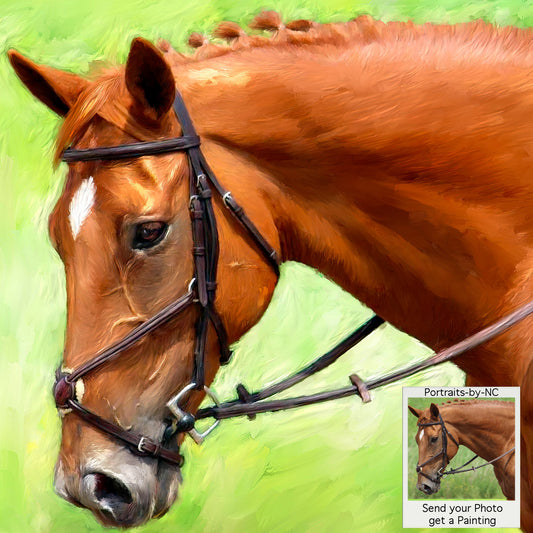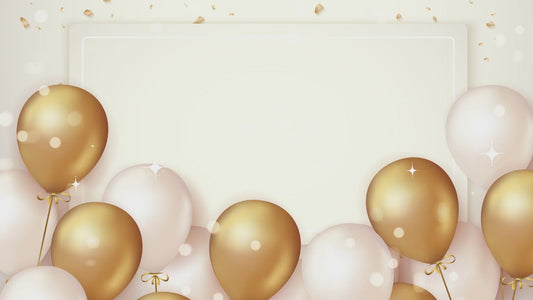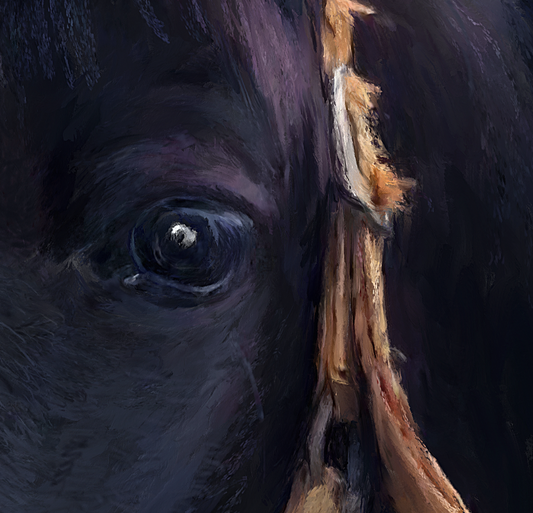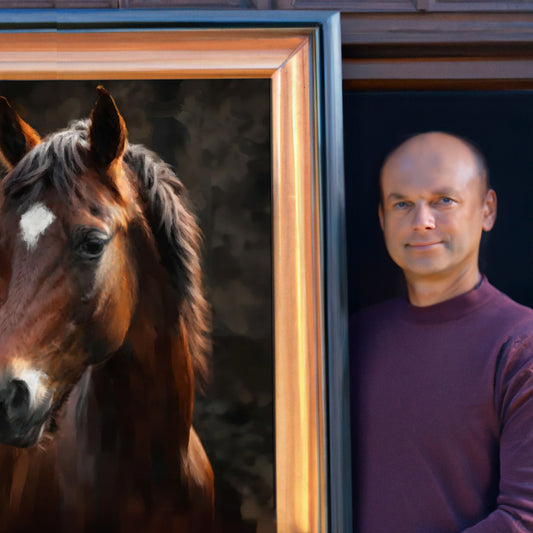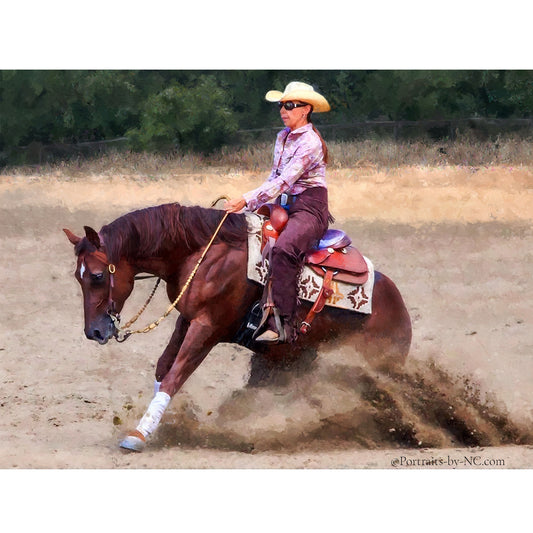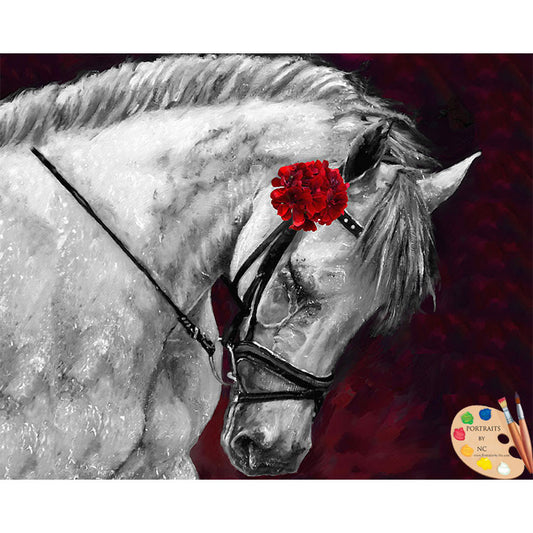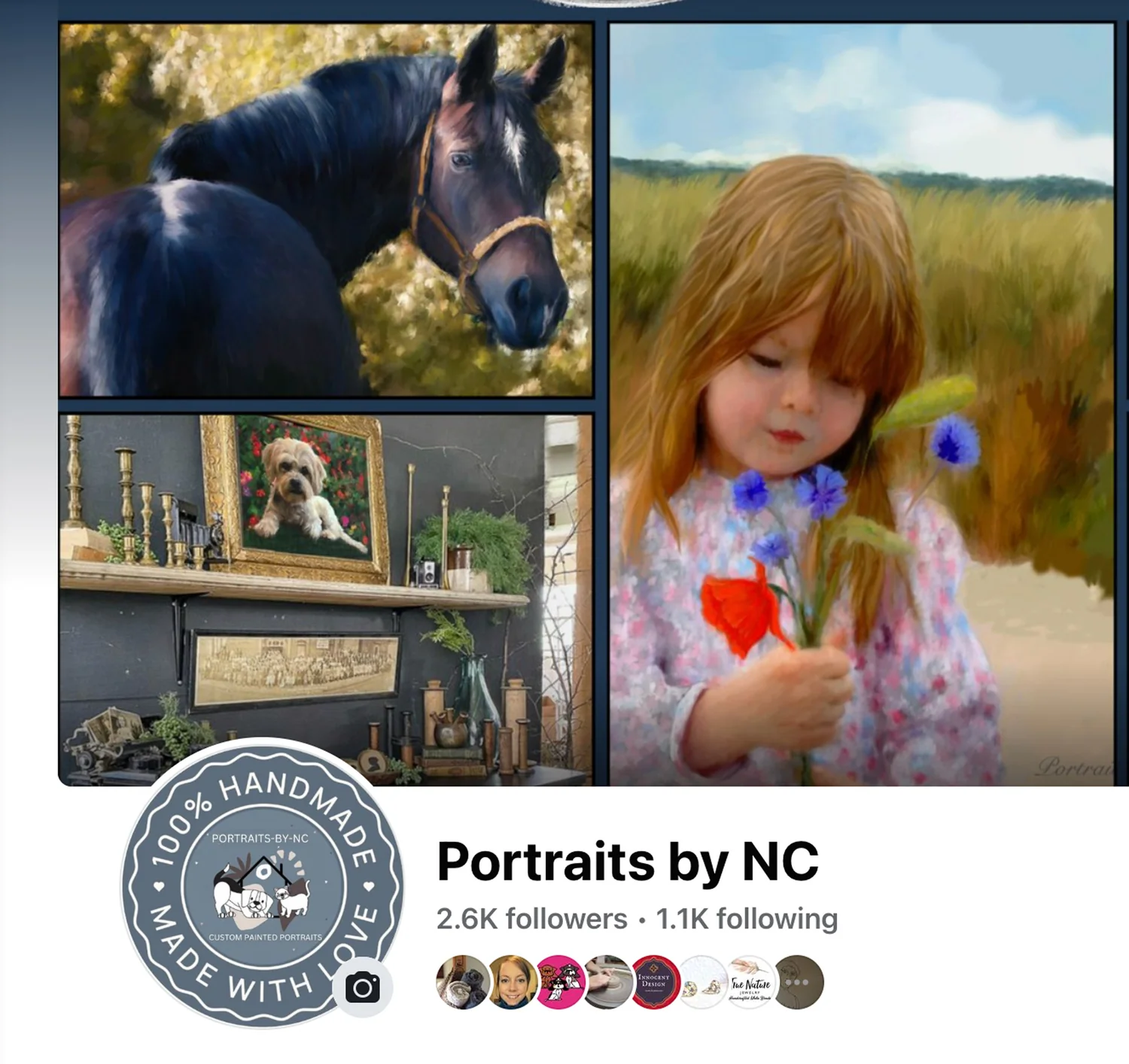The Sewing Room A Commissioned Miniature Diorama
Share

This small miniature room box measures about 6.5 x 5.5 inches and shows the interior of a sewing room. The room box was made as a commissioned gift for a seamstress, in the colors that the recipient favors and is filled with all the little items you would associate with the tools of the trade. Everything is handmade and painted by me and even has a light for nighttime display.

I started the room box with a remade box I purchased at the Daiso store. This box has an insert that is meant to store your collectable, which easily lifts out. Beside the size which is roughly 5.5" Wx 6.5" Hx1.5" D it has a clear front cover that can be slid out. It's a perfect cover to protect the little treasures inside from dust.

The box was lined with card stock. Since the seamstress who will be receiving this box loves the color green, a wall paper color was chosen that corresponds with her favorite shade of green.

This is the insert that is made out of balsa wood. I decided to reuse it and make the sewing table with some slight modification. The excess pieces are easily removed with a handsaw or even with an Exact Knife.

After landing the top and a quick dry fit, it was time to make the table into one that has a bit of storage. I considered shelves, but given the small size of this box I did not want to clutter it up too much and opted for an open shelved sewing table.
I had 3D printed a Singer sewing machine and had to make sure that it fits to one side of the table. The color of the balsa wood struck me as nice as is, so this time it did not get painted.However a small decorative detail was added to give the piece a more finished look.
Then it was time to make the stool. I had a barrel that I had originally 3D printed for the Starbuck's coffee shop and it fit perfectly under the table. By cutting a piece of wood to size and adding some batting and fabric, the stool came together rather quickly.

The lace was cut slightly larger than the base of the stool so that the scalloped design would be on the bottom. After the lace was glued onto the base and dry I gathered up the top and glued it down as well. A bit of batting was added to another piece of lace and glued on top of the stools wooden top. Once that was also dry I tucked in the excess and glued the pillowed top to the base. A bit of twine was used as an embellishment to cover up the seam.

3D printed the sewing machine and used black and silver Acrylic paint to
color it. The sewing machine has the name and embellishments that I painted gold. I left some parts unfinished to give the machine a well used, aged look. I also made sure to color the bobbin in green since I will be adding green thread later on.

I cut a piece of fabric and made a slid at one end to thread up to the sewing needle. Then I glued the fabric in place. Once some green thread was added the illusion was complete. It seems as if the seamstress was sewing something and had to leave the project.
To add bits and pieces very thin wire was used as a needle that has some green thread. The scissors are a charm I had on hand. The pin cushion is made out of colored resin in which golden wire pieces were glued on. The bobbins are the end of toothpicks that were cut to size and colored.

The bolts of fabric are made by cutting a few fabric scraps slightly smaller than a toothpick. Glue one end of the fabric to the toothpick and roll until you get the desired thickness. A very fast and effective way to add bolts of fabric to the diorama.

A sewing room is not complete without a mannequin . For the mannequin you will need a small stick, cardboard, some beads, a lid that can be used as the stand base.

These shapes make up the body of the mannequin. 3-4 layers of regular card stock are glued together for each piece.

The small pieces will be added to the front and back to give the mannequin form. I had made tiny legs, but opted for the plastic lid as a base. This lid came from a milk carton that was colored in silver grey. The lid had some embossed writing that I thought added to the vintage charm.

This is what the form will look like when the pieces are glued together. Insert a stick on the bottom opening and glue it in. You can either add the cardboard legs or use a lid cut to size to act as the stands base.

Batting is added to fill out the gaps. This will make the fabric sit better over the form. If you have some white cotton fabric cut it into thin thrips. These fabric strips need to be glued over the shape until the mannequin starts looking like one. You can cut off any excess fabric as needed.

To finish the form add the beads. Then color the stand and base with Acrylic paint. You can also add a little skirt or drape fabric over the form.

Tiny little accessories and framed art are added as well.

